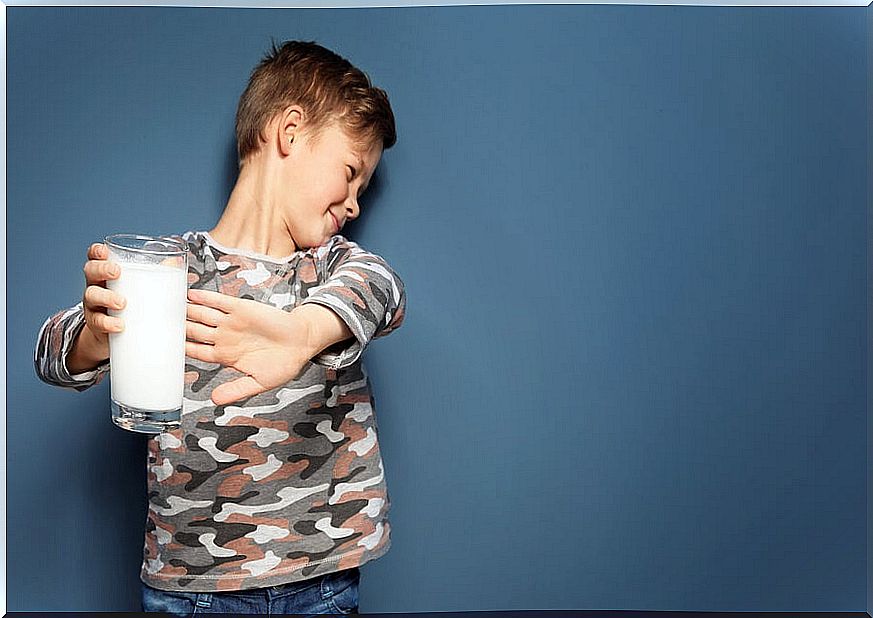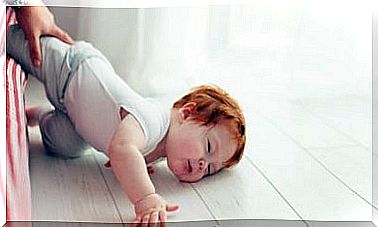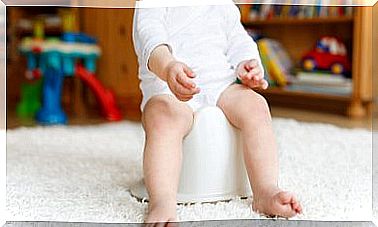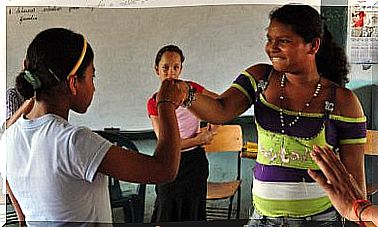Latex Allergy In Children
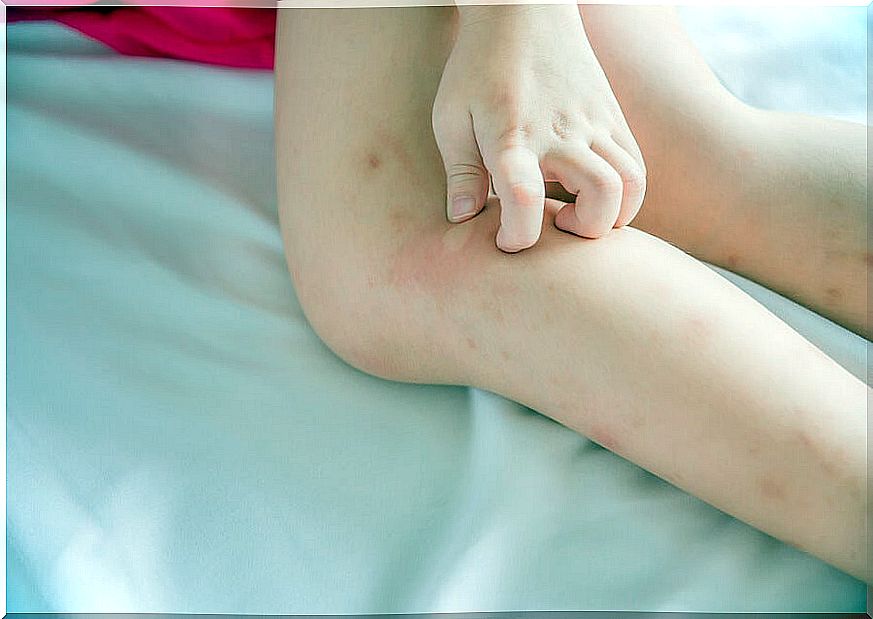
Latex allergy in children is a reaction to products made from natural latex. It is an allergy to the proteins of the rubber tree. In fact, some people are not allergic to latex itself, but to synthetic chemicals found in natural latex products.
Generally speaking, there are some children who are more likely than others to become sensitive to latex. This is the case of those who have been born with abnormalities of the urinary system, those with spina bifida or those who have undergone many surgeries.
Similarly, children who have allergies to certain foods can also be allergic to latex, as both the food and this element can share some proteins. Here are some foods that contain the same proteins as latex:
- Kiwi
- Bananas
- Nectarines
- Melon
- Papaya
- Figs
- Plums
- Tomatoes
- Celery
- Nuts
- Chestnuts
- Avocado
- Potato
Also, latex allergy symptoms cover almost the entire range of hypersensitivity reactions. Respiratory problems are common, as latex particles are carried into the air by the dust that usually coats the inside of the gloves.
This irritation manifests itself, alone or in combination, with rhinitis, conjunctivitis, breathing difficulties or an asthma attack. It can also cause a potentially serious skin reaction in the form of hives.
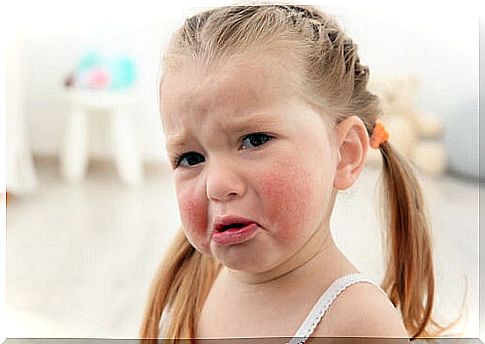
Latex allergy in children
Natural rubber latex, a milky liquid found in rubber trees, has a contaminating protein that causes allergic reactions. This element is in the different types of gloves, balloons, rubber bands and erasers. Also many toys are made of natural rubber latex.
Know that there is no cure for latex allergy in children; the best remedy is to avoid exposure. However, there are medications that temporarily reduce symptoms.
Precisely as for the signs that show this allergy, it should be considered that they can develop over several hours. Likewise, these symptoms may or may not be immediate, and may even be considered serious.
Children who are at risk for a latex allergy should be evaluated by an allergy specialist. The prick test is a very sensitive test that identifies potentially allergic subjects. With other skin tests, an allergy to synthetic chemicals added to rubber products can be found out.
In addition, allergic children should wear a medical alert bracelet and notify all caregivers, including dentists, doctors, nurses, teachers, friends, and family of the child of sensitivity to these components.
What are the symptoms of a latex allergy?
In most cases, a latex allergy develops after many previous exposures to latex. When a child allergic to latex comes into contact with products that contain it, they may experience the following symptoms:
- Urticaria.
- Itching and swelling of the skin.
- Reddening.
- Rashes
- Wheezing
On the other hand, in some cases the allergy can cause serious reactions, in which the child may have trouble breathing, tightness in the chest or swelling of the throat or tongue. These severe reactions require emergency treatment.
It is for this reason that people allergic to latex should report this condition before any medical procedure that involves the use of gloves.
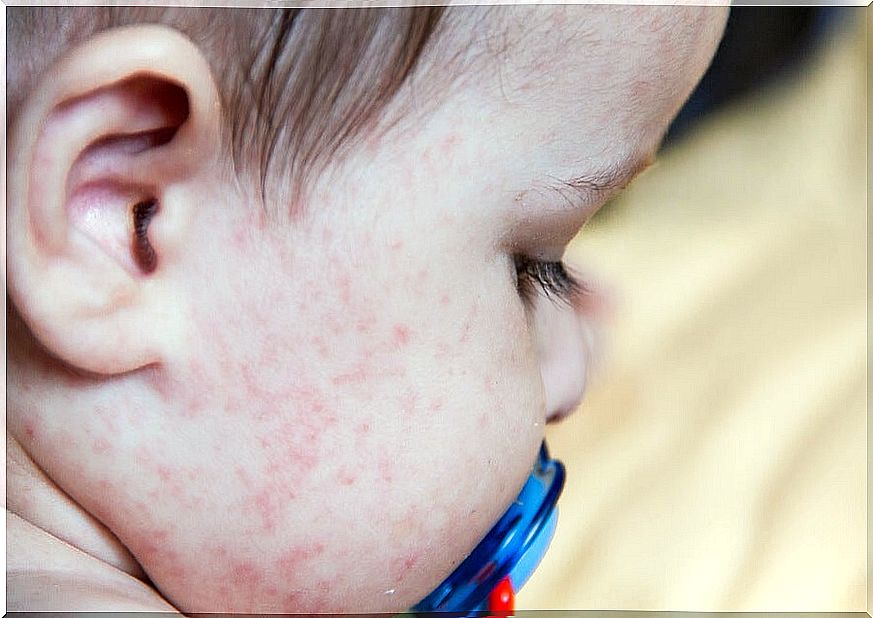
It should also be noted that direct physical contact with latex is not necessary to trigger an allergic reaction. Severe asthmatic reactions can arise from inhaling latex proteins in the air that result from the dust in the glove.
It is also possible to see reactions when products made of latex come into contact with the child’s skin, whether on the mucous membranes of the mouth, genitals or rectum. Along these lines, studies confirm that a family history of atopy and a personal history of previous surgery are associated with latex allergy in children.
In short, do not forget that the symptoms of an allergy of this type can resemble other medical infections. Therefore, you should always consult your child’s doctor to carry out a diagnosis. In addition, you must teach him to know and avoid products that contain latex and that may be allergic to him.
